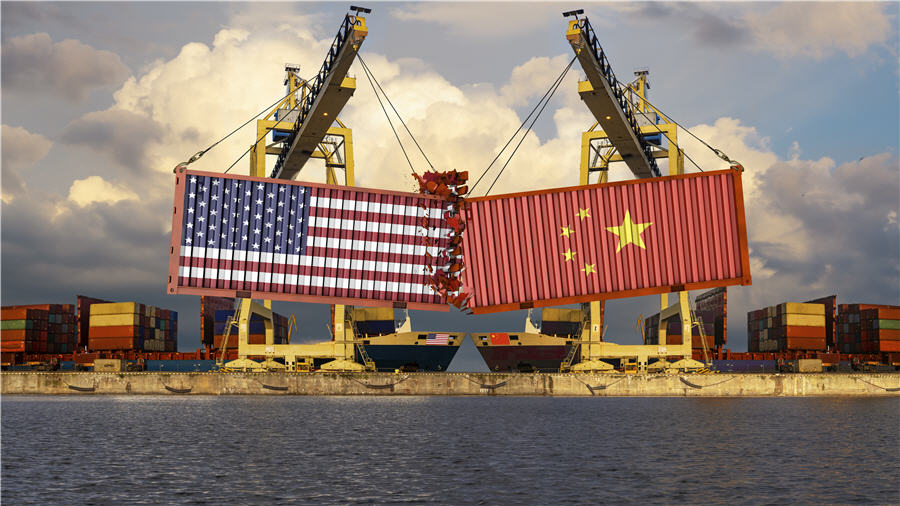
One year ago, I documented the extent to which the United States of America depends on foreign sources for most of its industrial metals, minerals, and materials.
In summary, the USGS tracks 77 mineral commodities on an annual basis and the good old US of A has at least 25% import dependence for 64 of them.
We obtain many of these mineral supplies from a who’s who list of the world’s unfriendly, socio-fascist, corrupt, and/or unstable regimes. Moreover, we are most dependent on our two most powerful and longest-lived enemies, China and Russia.
Here’s a breakdown:
Let’s view the issue in a different way:
In December of 2017, President Donald J. Trump signed Executive Order 13817: “A Federal Strategy to Ensure Secure and Reliable Supplies of Critical Minerals”.
As defined by EO 13817, a “critical mineral” is:
Disruptions in supply chains may arise for any number of reasons, including natural disasters, labor strife, trade disputes, resource nationalism, conflict, etc.
Or, I might add, a transfer of control to a foreign power.
Included in the executive order was a mandate for the Department of the Interior’s United States Geological Survey (USGS) to compile a list of mineral commodities considered critical to the economic well-being and national security of the United States. In May 2018, the USGS published this list of 35 “critical mineral” commodities.
The list is posted below with links to the USGS mineral commodity summaries. Note that I have also identified the commodities for which we are dependent on China and/or Russia.
Note that we are beholden to China for 20 commodities on our government’s critical minerals list. Again, most are minor metals but many are essential to a modern lifestyle, e.g., the rare earth elements and lithium.
On the other hand, Russia is a significant source of eight commodities, including major metals aluminum and chromium, the PGMs (platinum and palladium), and potash, a primary agricultural mineral. Most concerning to me is our dependence on Russia and its former satellites, Kazakhstan and Uzbekistan, for nearly 40% of our annual uranium supply.
The focus of President Trump’s initiative now switches to a multi-agency strategy to implement the executive order.
The Trump administration is to be commended for its efforts to remedy a situation that renders America’s economy and security vulnerable to many foreign governments with high geopolitical risk.
The focus of President Trump’s initiative now switches to a multi-agency strategy to implement the executive order
Over the past two years, tens of millions of acres in the Western US have been restored to mineral entry; exploration and mining projects have been permitted in a timely manner; onerous bureaucratic regulations have been rolled back; there are time limits imposed for delivery of environmental studies; and Section 232 national security rulings have been declared for specific commodities and materials.
According to my sources, the federal bureaucracy has done a 180 degree turn by adopting a “can do” versus the “can’t do” attitude that ruled the eight-year Obama regime.
Despite Trump’s proactive agenda to reduce our vulnerability to mineral supply disruptions, we must realize this effort will be an incremental process playing out over a long period of time.
The ever-increasing domination of the world’s mineral resources by the purported “People’s Republic” of China does not bode well for our secure future. We are increasingly under China’s thumb. In my opinion, the current situation is analogous to our relationship with the OPEC cartel from the mid-1970s to the mid-2010s.
We solved that problem with Yankee ingenuity, improved technologies, and capitalism and have became net petroleum exporters since the shale revolution began 10 years ago.
That said folks, the situation with minerals may get worse before it gets better.